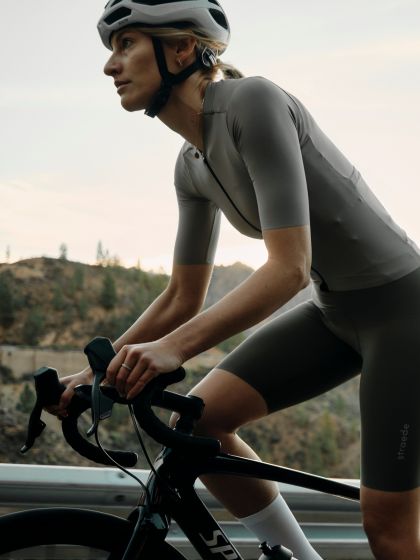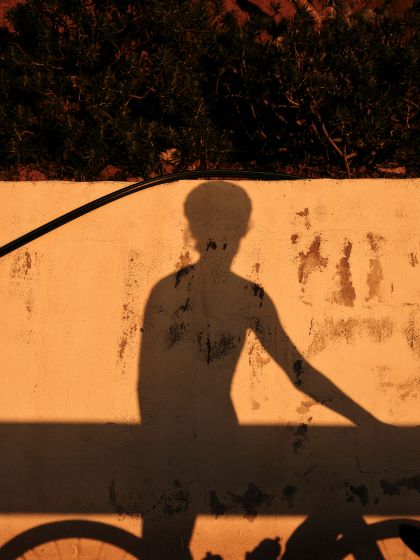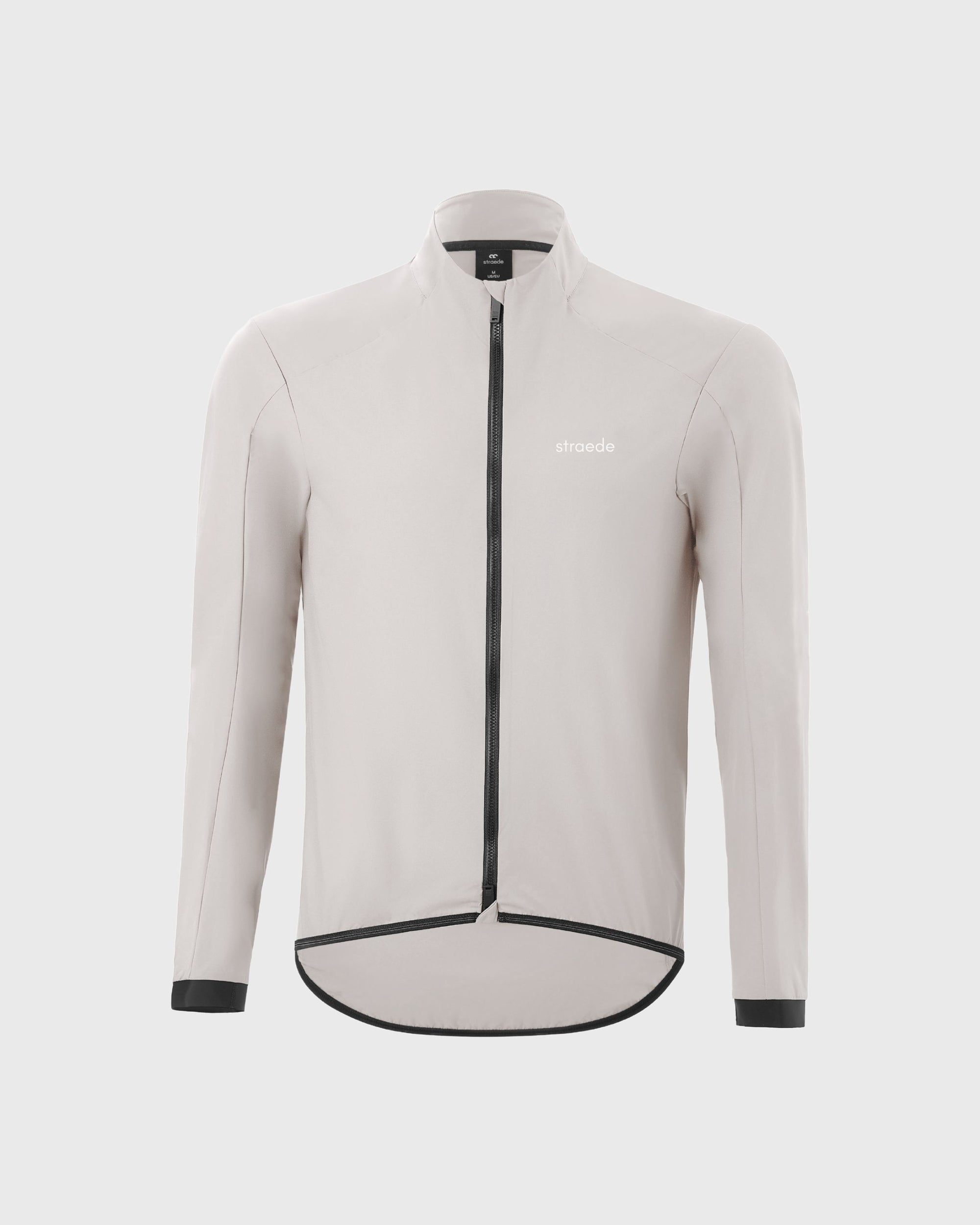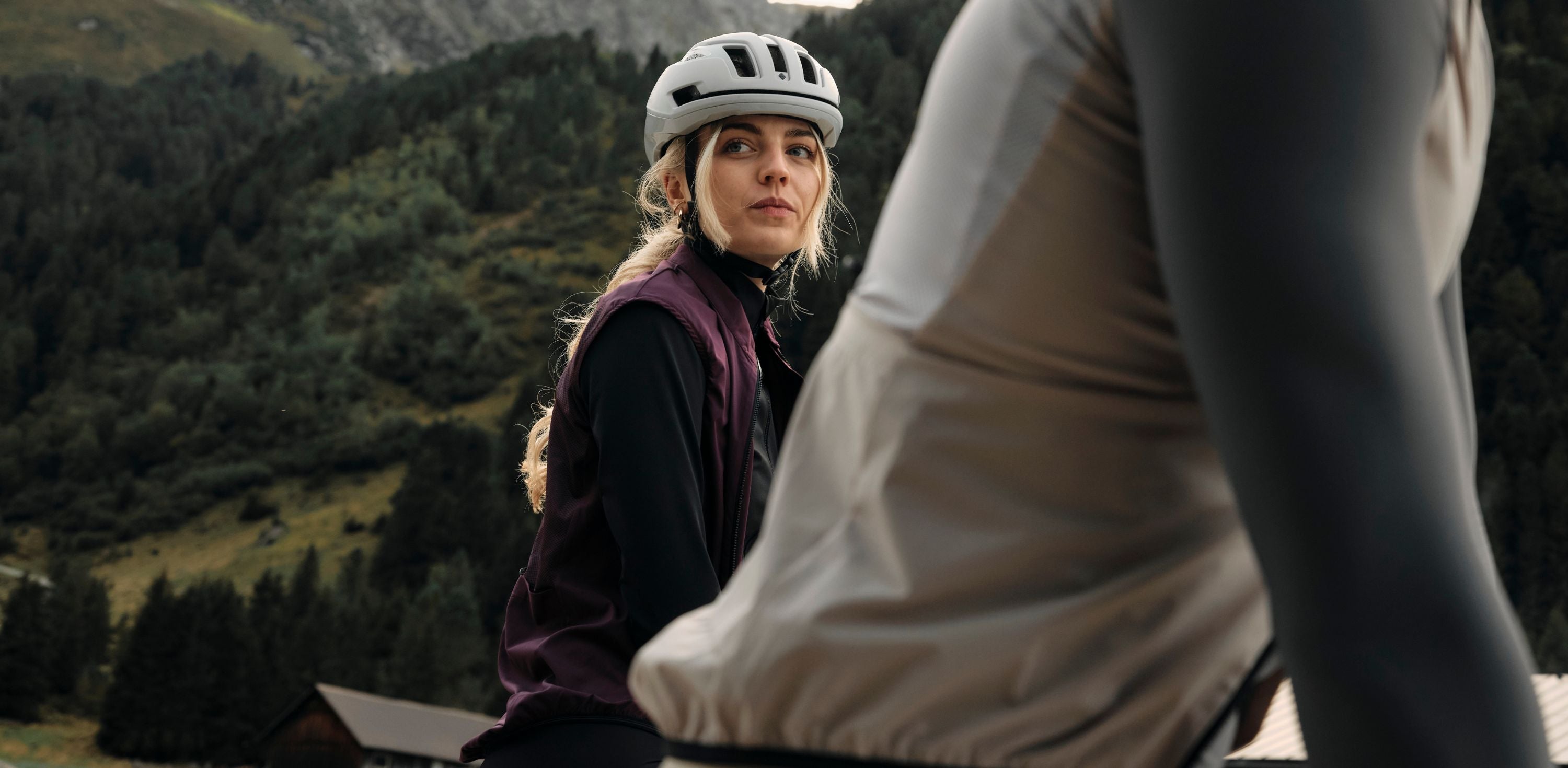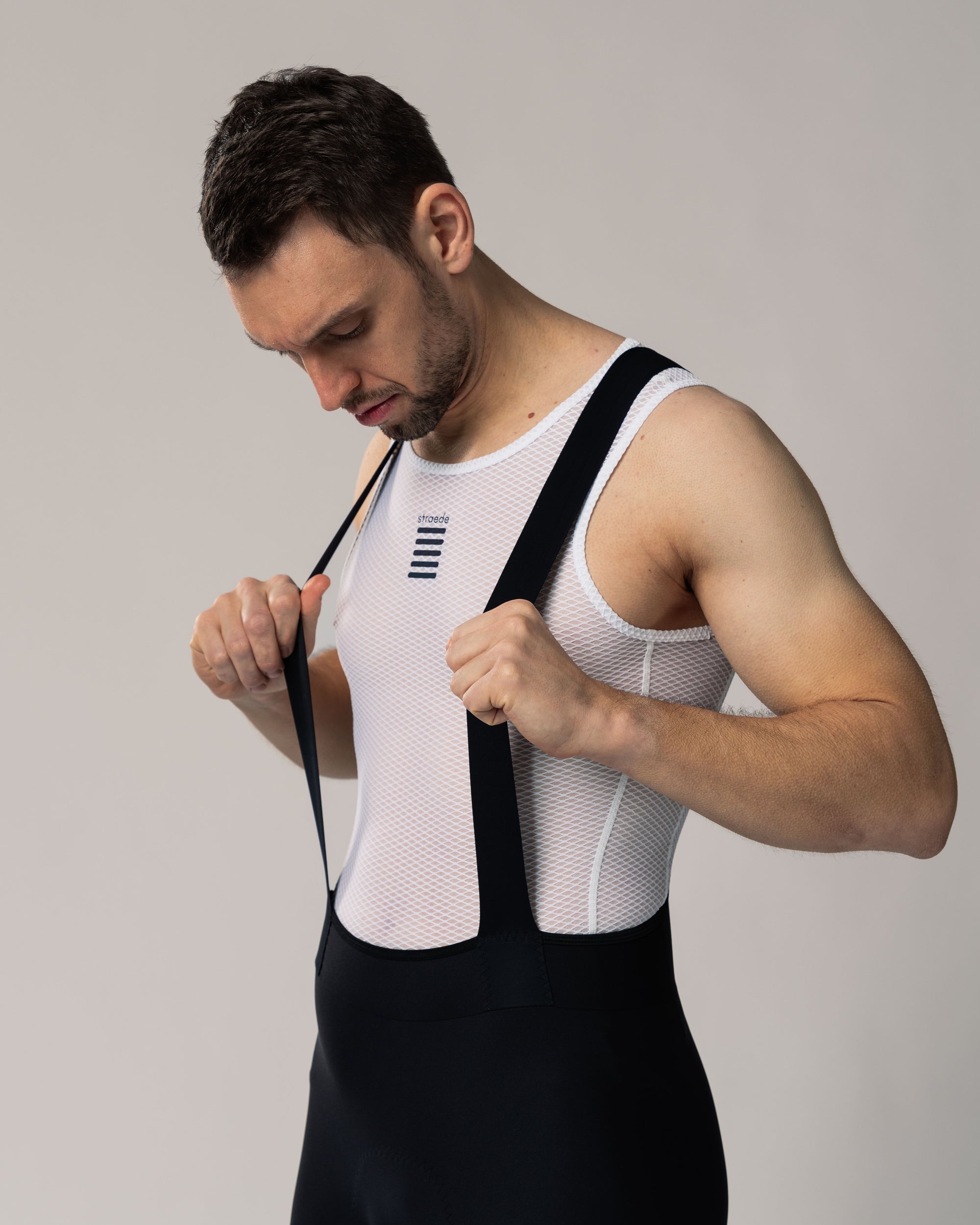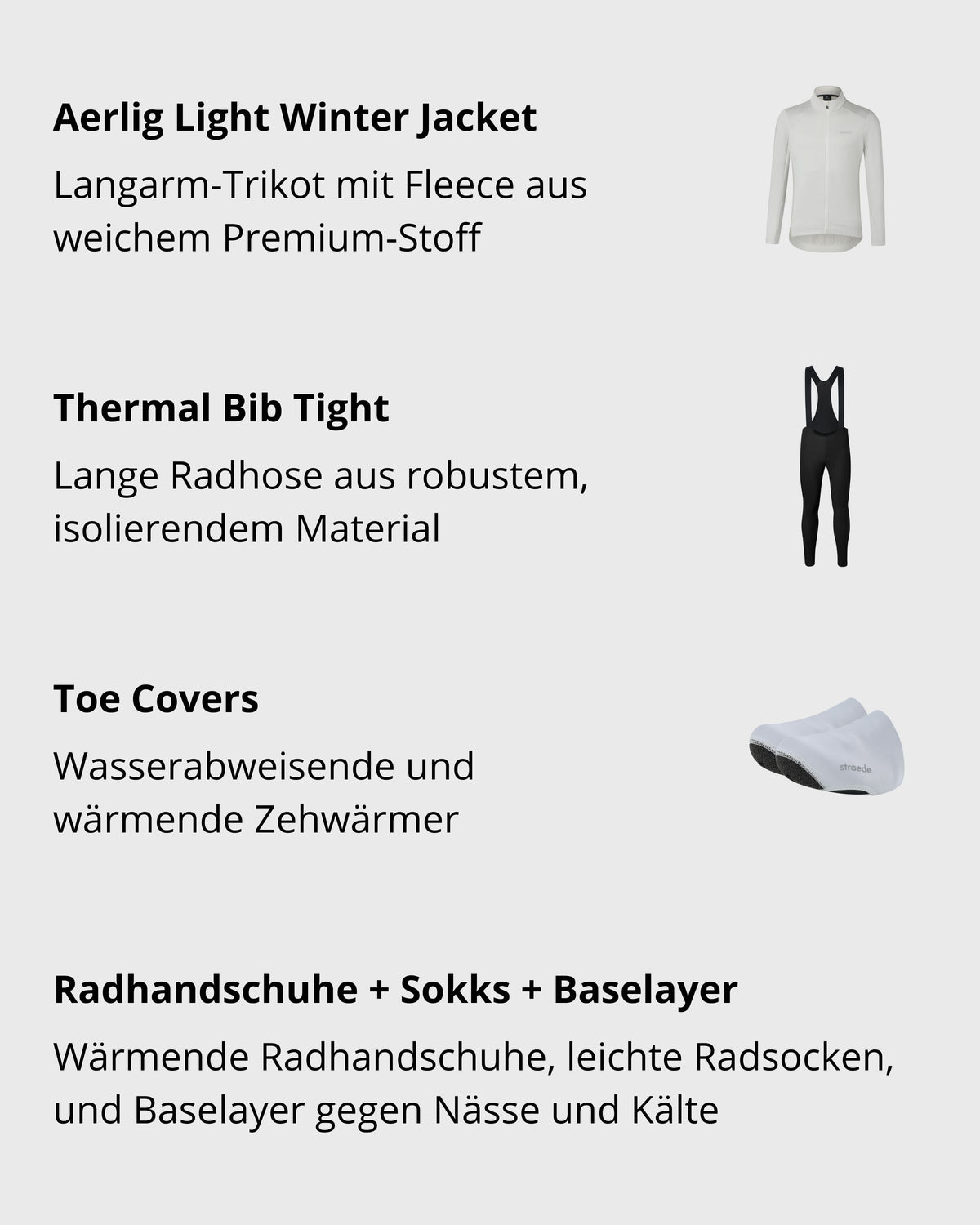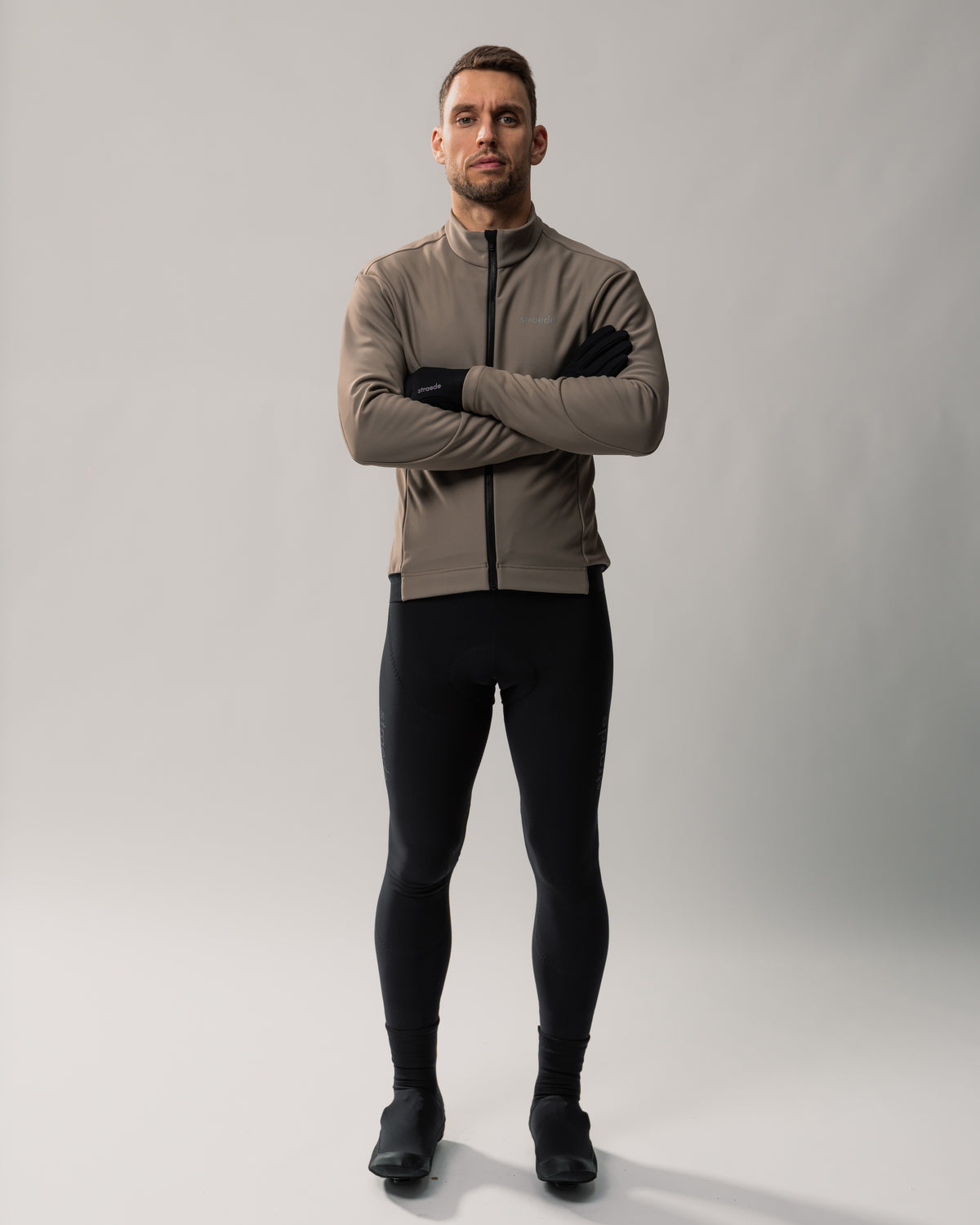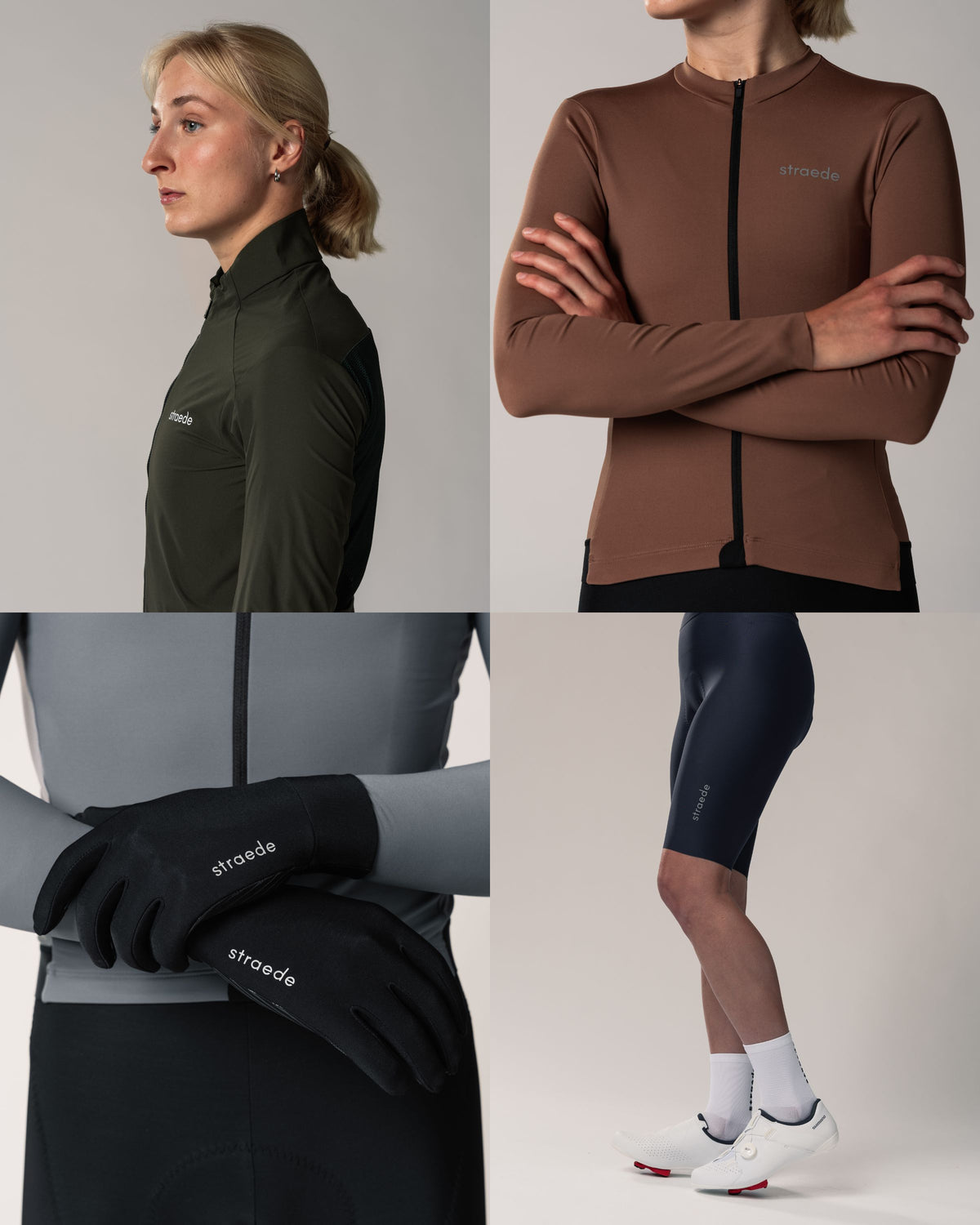The first layer lies directly against your skin. A long-sleeved merino base layer keeps you warm, efficiently wicks away moisture, and prevents unpleasant odors. Merino wool is breathable, quick-drying, and maintains a balanced body temperature across a wide temperature range.
In this guide we show you the right clothing for temperatures from -5°C to 15°C and how to combine them so that you neither freeze nor overheat while riding.
The onion principle: Flexible heat regulation while driving
It's not the thickest jacket that will keep you warm, but the right combination of layers. Depending on the intensity of your ride and the weather conditions, you need to be able to adapt your clothing – too much insulation will quickly lead to overheating, while too little protection will chill you.
The three crucial layers:
- Base layer: Wicks away moisture and keeps the skin dry.
- Midlayer: Retains heat and provides insulation.
- Outer layer: Protects against wind and weather.
You need these layers:
- long base layer
- long-sleeved jersey
- Jacket and/or vest
- Thermal bib shorts
- Gloves and overshoes
- rain jacket
▶︎ All products are as thin and light as possible so that you can take them with you on your road bike and when gravel biking without taking up much space.
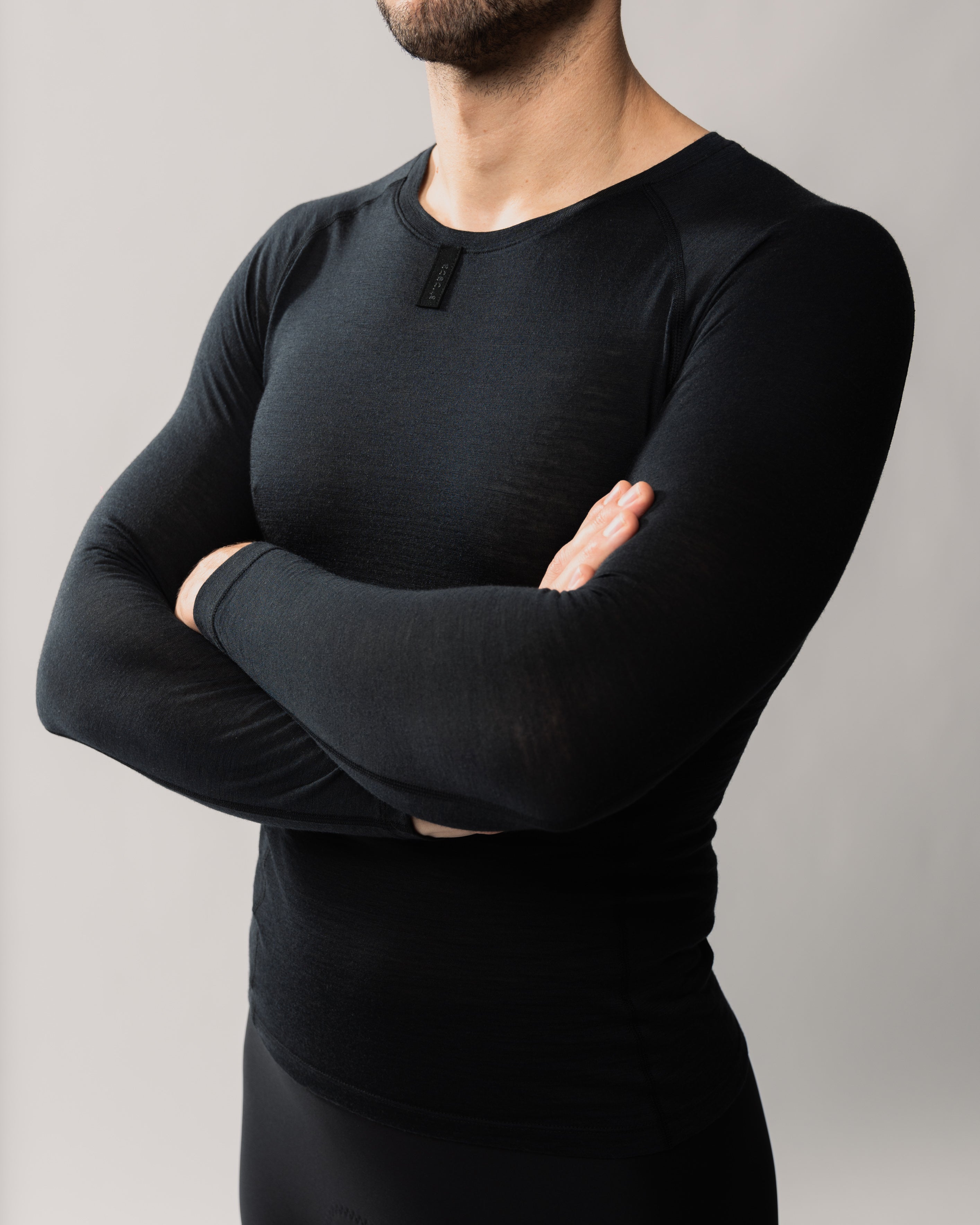
The basis: heat and moisture regulation with a base layer
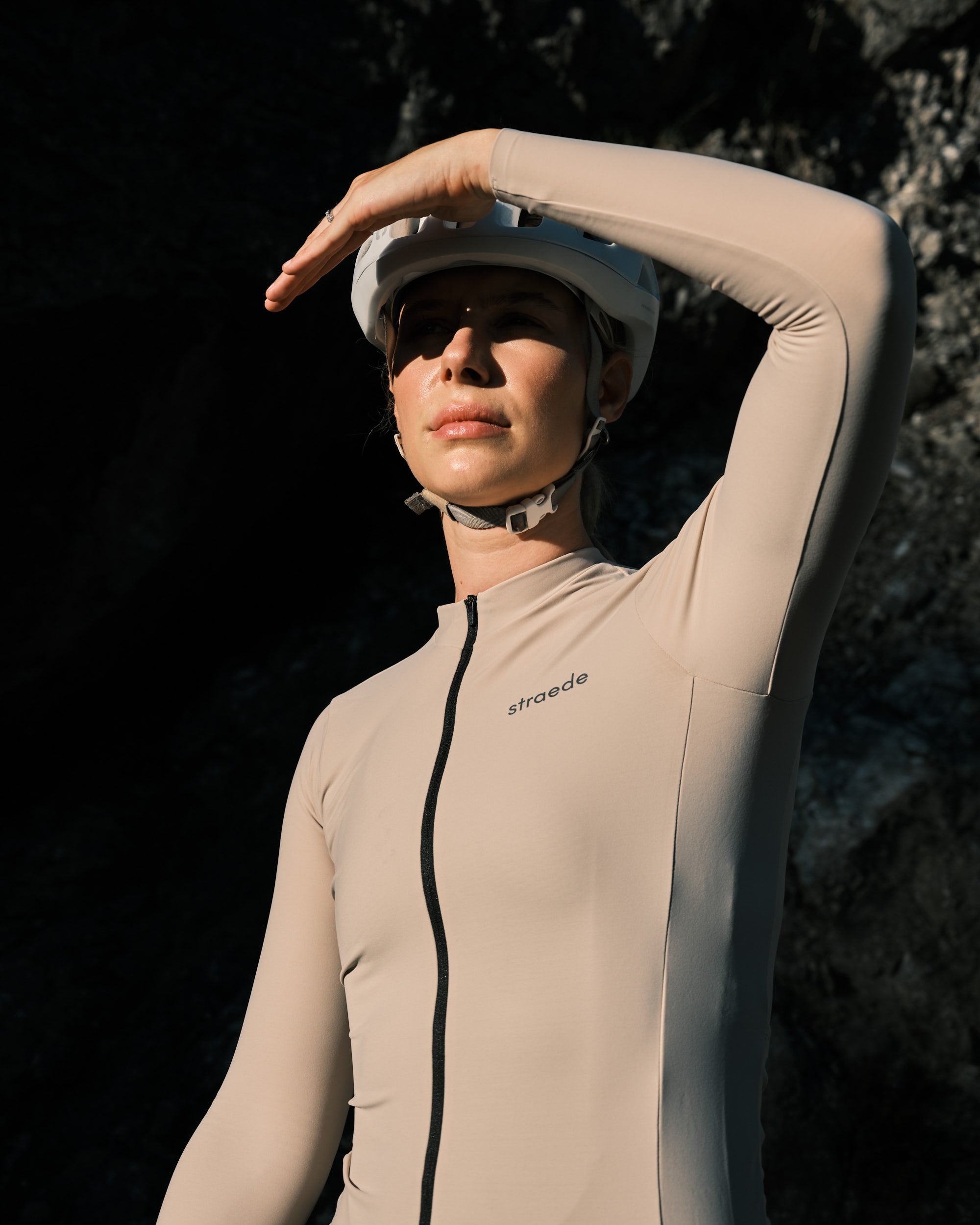
Insulation: Long-sleeved jersey for even warmth

Weather and wind protection: jacket or vest for cold conditions

The right pants: thermal bib shorts for warmth and comfort

Protection for hands and feet: winter gloves and overshoes
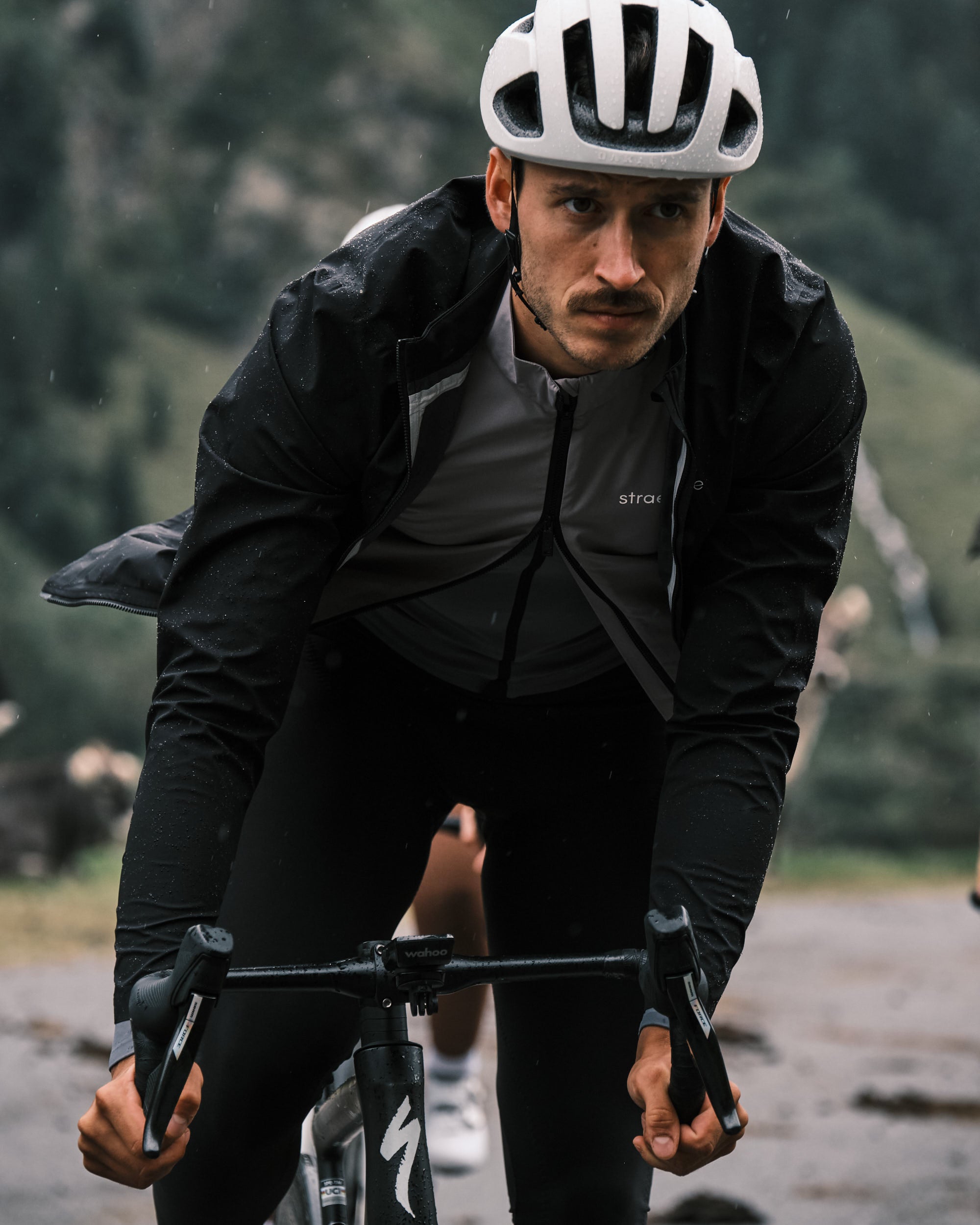
Weather protection: Rain jacket for wind and wetness
You need these layers:
- short base layer
- Long-sleeved jersey or short-sleeved with arm warmers
- Bib tights or bib shorts with leg warmers
- Vest or windbreaker
- light gloves and neck tube
▶︎ All products are as thin and light as possible so that you can take them with you on your road bike and when gravel biking without taking up much space.
Road bike clothing in a practical bundle
Combine your set against the cold
Discover our minimalist road bike outfits for cold days.
Conclusion
Optimally equipped for every trip between -5°C and 15°C
With the right combination of base layer, mid layer, and outer layer, you can adapt flexibly to any weather – from sub-zero temperatures to a mild 15°C. Complemented by the right gloves, overshoes, and a weatherproof outer layer, you'll stay protected even in wind and rain. Regardless of the temperature and weather, you can enjoy road cycling all year round.









